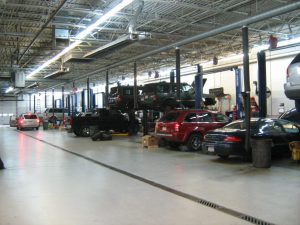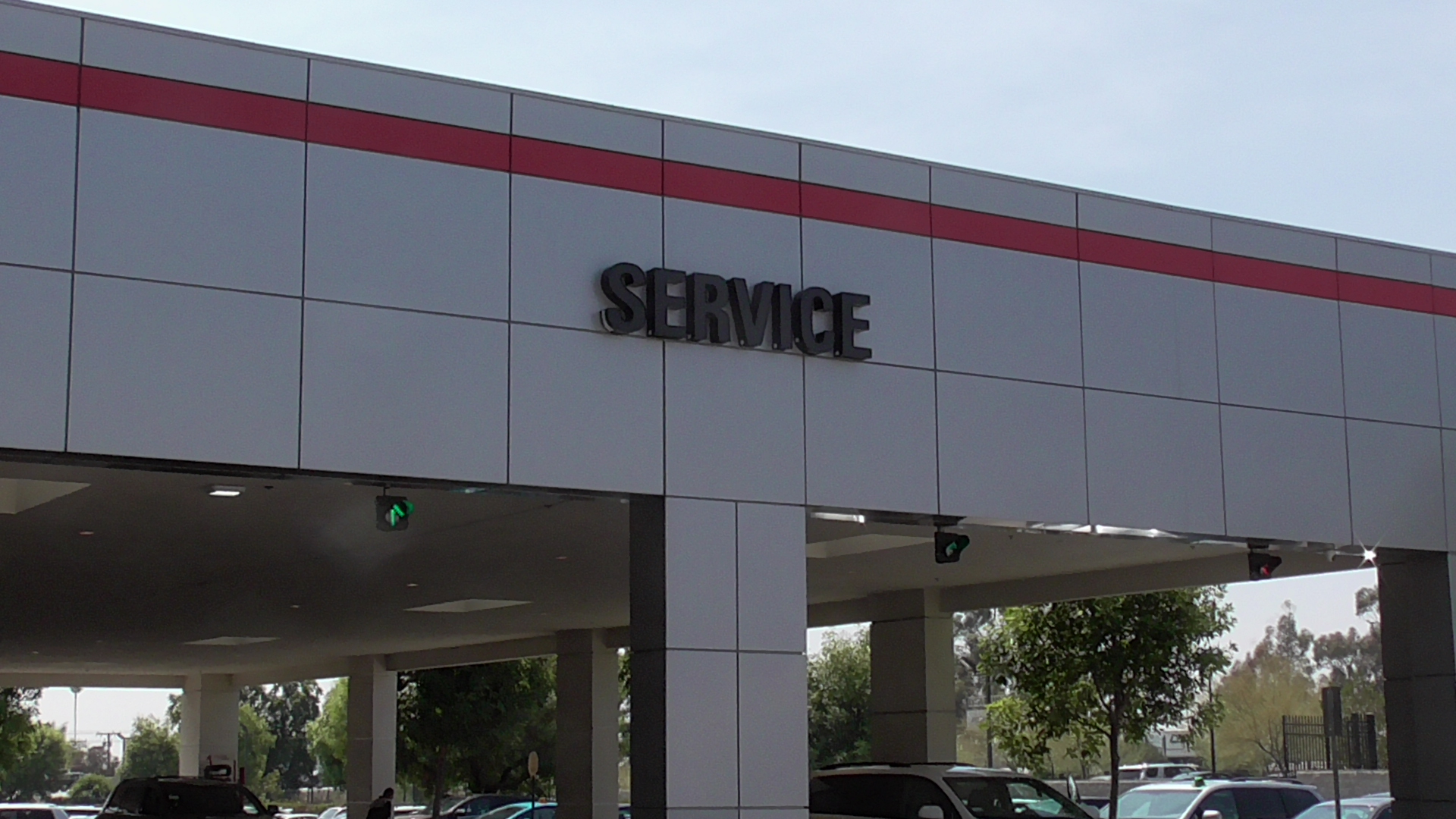
- Setting Expectations
- Reducing Customer Upset
- Service Advisor is Key
If there’s one thing that dealerships have in common, it’s that they are always striving for new and better ways to improve their process. Especially when it comes to working with the customer. However, it seems that the more methods that are developed for a more efficient dealership process, the complete opposite occurs, and you only get frustrated customers. So how do you make sure your efficient dealership process isn’t, well, inefficient? Keep reading to find out.
When a customer makes a service appointment online, they expect it to help in the overall process from start to finish. The last thing they expect is to show up to the dealership to have a long wait and a completely different estimate than what they were given online. This damages trust, which is the biggest thing your dealership needs to establish with customers. Take a look at your online customer appointment process from the customer’s perspective, and make sure it’s setting the right expectations. If a tool that’s designed for customer efficiency is lacking in the “efficient” part, then customers will want to take their business elsewhere.
There is a lot that goes on in a dealership to keep all systems running smoothly. While the service department is fueled to keep the repairs coming and being completed quickly, the customer wants their car serviced at an agreeable cost, also in a quick matter. But the real engine behind both these operations is the Service Advisor. They are the face of the dealership and essentially the person that the customer puts their trust in. In addition, a Service Advisor helps the technicians with any sudden changes & helps them maintain an efficient process front end to back end.
One of the ways that a dealership can improve a customer’s trust is to inform them ahead of time of the potential for additional service requirements. Often, the estimate that an online form gives a customer is calculated assuming a customer has kept up-to-date on all repairs and maintenance for that mileage. This online form doesn’t know if services have been declined in the past or even if the car is past due for an oil change. It’s only when a customer arrives at a dealership and interacts with a service advisor that they experience an up-sell, which can cause a customer to get upset and make them feel they’re getting ripped off. A simple way this can be improved is by having a Service Advisor follow up with customers who made online appointments. They can ask about their last service repairs and other preliminary questions that’ll save everyone time when they arrive at the dealership.
Another way that a Service Advisor can help customer service efficiency is through having a Pre-Authorization process set up to provide both customer expectation and charge authorization. This has been a great way to improve customer efficiency that benefits both the technician and the customer. Also, you should establish effective communication methods to keep the customer informed throughout the process. Find out what is the best way to get ahold of them: their business number, texting their cell, email, etc.
No matter what steps you take to improve the efficiency at your dealership, you must always perform the walk-around. Upsells usually occur during the walk-around, especially when they’re more cosmetic repairs as opposed to collision related repairs. This builds trust with the customer as it shows consistency and thoroughness on the part of the dealership. It doesn’t even need to be more than 90 seconds, but the trust is lasting. If you remember to keep the customer as your priority and integrate some of these customer-focused efficiencies, then your dealership’s service process will significantly improve.
